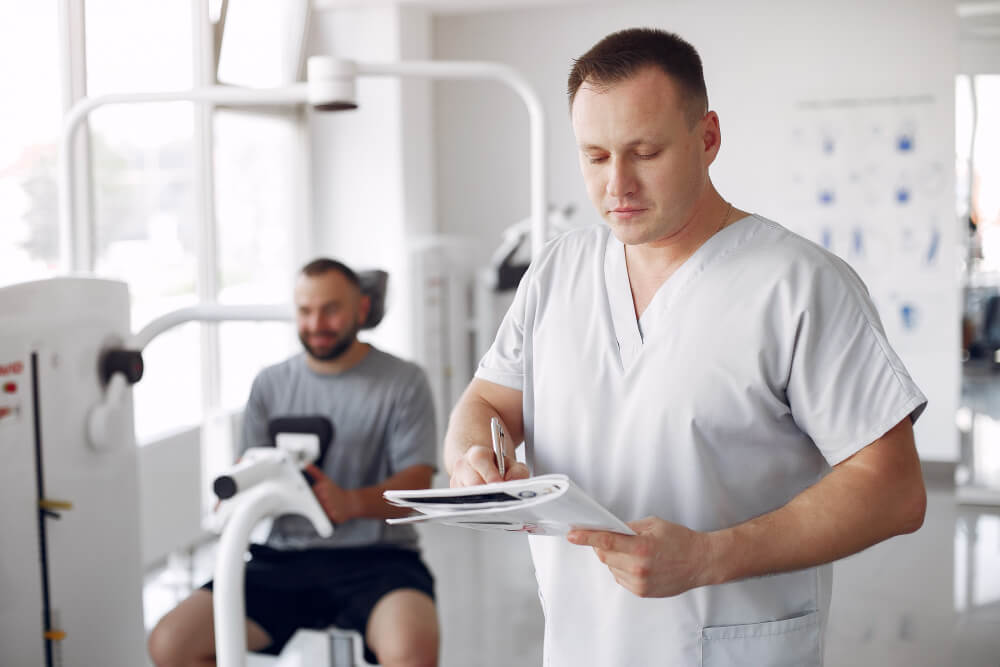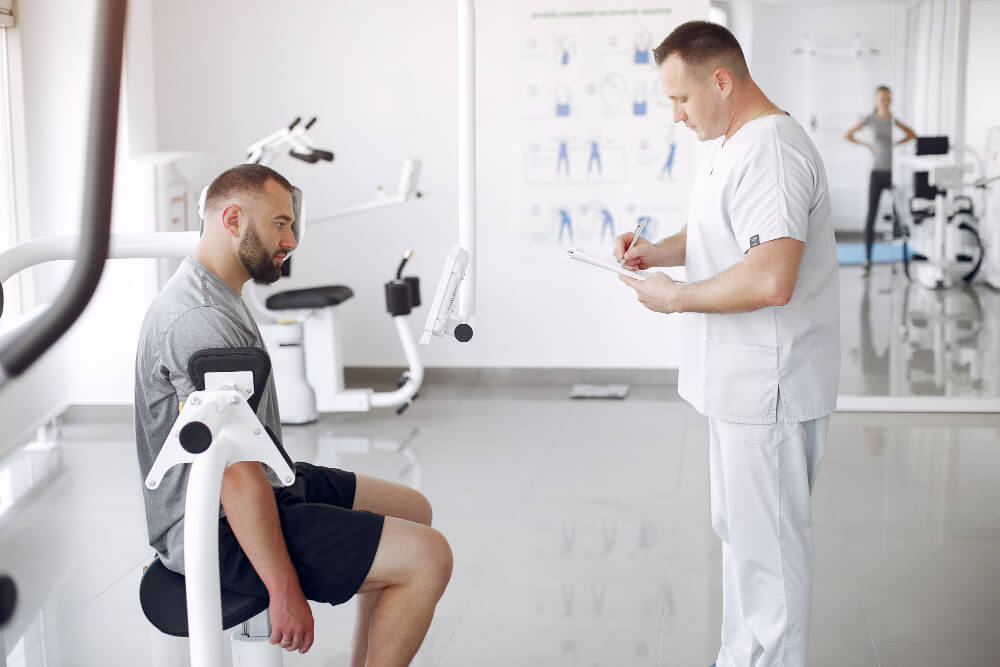Sports Physicals: Essential for Identifying and Managing Minor Breaks
Sports physicals are comprehensive medical examinations designed to assess an athlete’s overall health and fitness for participation in sports activities. While these exams are often associated with identifying major health conditions, they also play a vital role in detecting and addressing minor breaks or injuries that may affect an athlete’s performance and safety.
The Importance of Sports Physicals for Minor Breaks
Minor breaks, such as strains, sprains, or microfractures, can occur in athletes of all ages and skill levels. While they may not always require immediate medical attention, identifying and addressing these minor injuries can help prevent them from worsening and potentially leading to more serious complications. Sports physicals provide a valuable opportunity to:
Identify Underlying Conditions Sports physicals can uncover underlying medical conditions that may predispose athletes to injuries, such as:
- Bone abnormalities
- Joint instability
- Heart conditions
- Respiratory problems
Assess Fitness Level Evaluate an athlete’s current fitness level and identify areas for improvement.
Provide Injury Prevention Advice Offer guidance on proper warm-up, stretching, and conditioning techniques to reduce the risk of injuries.
Detect Early Signs of Injury Identify subtle signs of minor breaks that may not be immediately apparent.
Common Minor Breaks in Athletes
Some of the most common minor breaks in athletes include:
- Strains Overstretching or tearing of a muscle or tendon.
- Sprains Injuries to ligaments, which connect bones together.
- Stress Fractures Tiny cracks in bones caused by repetitive stress.
- Concussions Mild or severe injuries to the brain caused by a sudden impact.
The Sports Physical Process

A typical sports physical involves a comprehensive medical history, physical examination, and sometimes, additional tests.
Medical History Reviewing the athlete’s medical history, including previous injuries, surgeries, and medications.
Physical Examination Assessing the athlete’s cardiovascular health, musculoskeletal system, and overall fitness.
Specific Tests Depending on the athlete’s sport and risk factors, additional tests may be recommended, such as:
- Blood tests
- Electrocardiogram (ECG)
- Vision screening
- Hearing test
Addressing Minor Breaks Identified During Sports Physicals
If a minor break is identified during a sports physical, the healthcare provider will discuss treatment options and provide guidance on when the athlete can safely return to activity.
Treatment Options Treatment for minor breaks may include:
- Rest
- Ice
- Compression
- Elevation (RICE)
- Over-the-counter pain relievers
- Physical therapy
Return to Play Guidelines The healthcare provider will determine when it is safe for the athlete to return to their sport, often based on the severity of the injury and the athlete’s progress in rehabilitation.
Prevention of Minor Breaks
Preventing minor breaks involves a combination of factors, including:
- Proper Conditioning Ensuring athletes are adequately prepared for the demands of their sport through a balanced training program.
- Technique Correction Teaching proper technique to reduce the risk of overuse injuries.
- Protective Gear Using appropriate protective equipment for the sport.
- Adequate Rest and Recovery Allowing for sufficient rest and recovery time to prevent overuse injuries.
The Importance of Follow-Up Care
After a sports physical, it’s essential to follow up with your healthcare provider if any concerns arise or if symptoms persist. Regular check-ups can help monitor progress and ensure a safe return to activity.
Sports physicals are a valuable tool for identifying and addressing minor breaks, helping athletes to stay safe and perform at their best. By seeking regular sports physicals and following the advice of healthcare professionals, athletes can reduce the risk of injuries and enjoy a successful athletic career.

